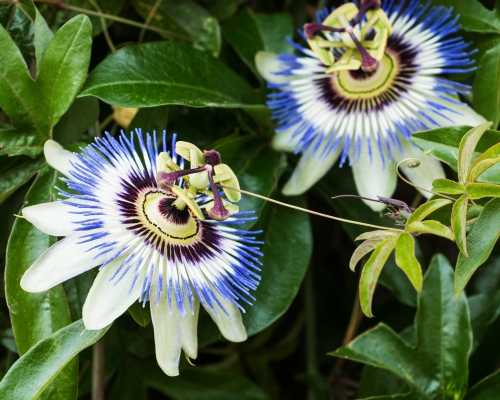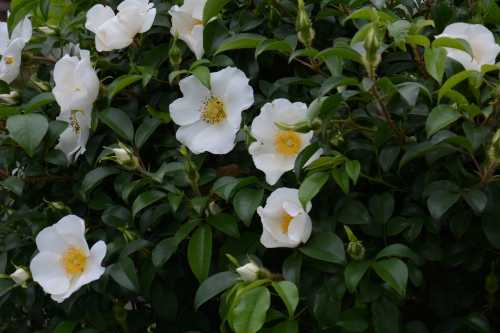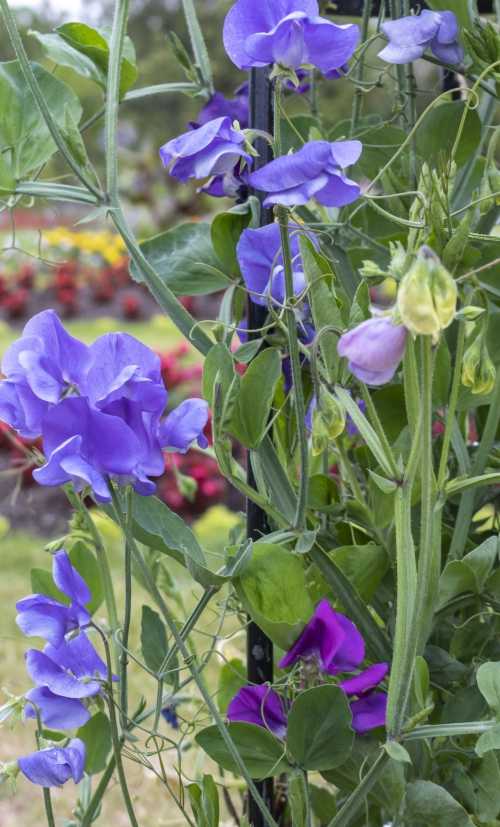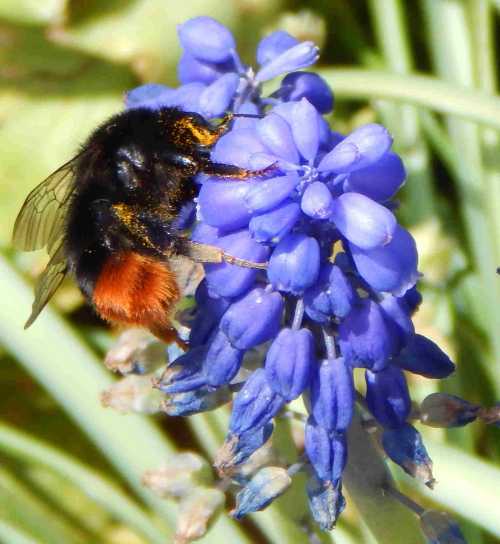Bee Friendly Climbing Plants And Shrubs
Vertical gardening is a great way to maximise garden space for bees and pollinators, but what are the best bee friendly climbing plants?
Ultimately, any choice about the climbers you include in your garden will not only be down to their value for pollinators, but also what is most suitable in terms of space, available support and growing conditions.
Climbing plants for bees, butterflies and other pollinators
Below is a selection for you to consider.
One word: please remember that this site receives visits from all over the world. If uncertain, be sure to check whether a species is invasive in your country before including it in your garden.
Pyracantha - firethorn

A fabulous climber that benefits not only bees and other pollinators, Pyracantha has the added advantage of lovely orangey-red berries in late autumn / winter, which are enjoyed by birds, and especially song birds.
The thorns can make a useful addition to a boundary for added security around your property.
Passiflora - Passion flower

Find a sunny spot in your garden for this lovely climber, and feed the bees in summer time.
Lonicera - Honeysuckle

Honey suckle is a great option, particularly for growing up trees or adding into a mixed hedgerow.
You'll enjoy the lovely fragrance of honeysuckle as it wafts in your direction, and later, the red berries will be devoured by birds.
Wisteria

Another fragrant beauty, if you have space and a sturdy wall for support (or other strong, stable structure), Wisteria is a wonderful option.
It takes some time to get established, but well worth the wait.
Jasminum - Jasmine

Another one for those who like scent as well as beauty, I highly recommend Jasmine, having a lovely specimen in my own garden.
The lovely blossoms will be appreciated especially by long-tongued bumble bees, such as Bombus hortorum.
Hydrangea petiolaris - climbing Hydrangea

Not all Hydrangeas are beneficial for bees, but some are, and among them, the climber, Hydrangea petiolaris.
Climbing roses - various

Bee friendly climbing roses are definitely an option worth considering, and the thorns can even be useful to secure a border and deter intruders, either by adding into a hedgerow or allowing it to climb over a strong fence.
In short, carefully selected rose varieties can offer tremendous value to bees. I especially like the wild dog roses and open-bloomed rambling varieties.
Clematis - certain types

Clematis have to be chosen carefully, but some are reputedly beneficial for bees and pollinators. Read more about Clematis.
Lathyrus - Sweetpea

Sweet pea, and it's related climber, the everlasting pea, are perhaps especially welcome in the cottage garden, and providing a heavenly fragrance.
You can even support them within an obelisk positioned in the flower border itself, or position a sturdy pot of sweet peas on the patio, as long as you provide support for the plants. Many colors available.
If you are looking for a perennial, try Lathyrus latifolius - the broad-leaved everlasting pea.
Thunbergia - Black-eyed Susan

A useful climber for a splash of vibrant color, it's a great possibility for training up an obelisk.
Trees that can be trained
It's worth remembering that some beautiful decorative trees, along with fruit trees, can be trained to grow against a wall or over an arch.
One such example is 'Laburnum - the golden rain tree'. This is a fabulous tree, often trained for decorative purposes.
However, whilst the flowers are attractive to bees, please note that all parts are poisonous - caution is a good idea if you have children or indeed pets that might eat the leaves or seed pods.

Create a
lawn for bees


